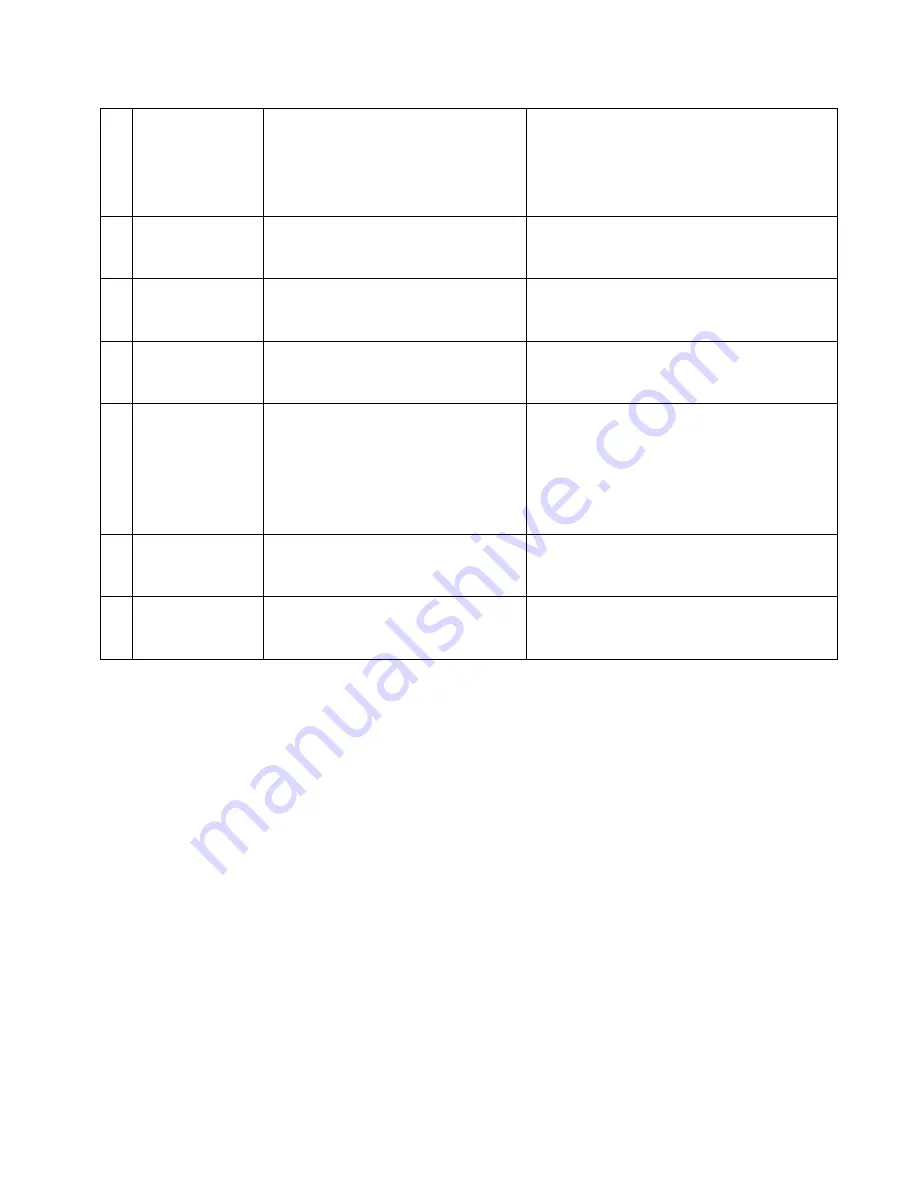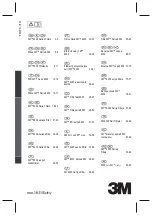
4
E
Charge Chamber
The air tight cone defines the
charge
chamber
while forming a conduit for
water transmission into and out of
the
charge chamber
In this design series, the charge chamber is
wrapped around the centralized conduit
which re-suspends and aerates sludge
during each backwash event
F
Air Inlet
Slowly fills the charge chamber with
air
Air is added at a slow rate so that it takes a
few hours to fill the
charge chamber
.
G
Trigger
Catastrophically releases air from
the charge chamber once it is filled
H
Diffuser
Redirects the incoming water
beneath the bead bed.
Hydraulically designed to minimize
turbulence that may erode the bed.
I
Sludge Basin
Provides for temporary sludge
storage.
The sludge that is released from the bead
bed during a backwash settles out of the
cone
and charge chamber that can be
removed periodically as a thick sludge
through the
sludge outlet
.
J
Sludge Outlet
Facilitates the removal for thickened
sludge from the unit.
Sludge is typically concentrated to 10,000-
20,000 mg/L in the HPPG series.
Cap
Directs flow from the
screen
to the
Outlet
pipe(s)
The
cap
assembly also includes gaskets that
seal the screen to the f
ilter hull.
Installation
Installation will require that you hook up a water pump to circulate water through the filtration bed and
an air compressor to fill the charge chamber for the back wash sequence. Filters in the HPPG series are
most frequently paired with a low head centrifugal pump capable of delivering a high rate of flow at
relatively low pressures (5-10 psi). However, in commercial scale recirculating aquaculture
applications, the units can be paired with airlifts to minimize energy consumption. Use of airlifts,
however, generally requires lowering (burying) the unit so water can be filtered by gravity and then
airlifted back up. With total filtration head losses beneath 0.5 psi, use of airlifts can be attractive
whenever the physical configuration permits.
The backwashing air source must be matched with the circulation method you select. Simply stated the
air pressure must exceed the water pressure for air to flow into the unit.
Pump Configuration
A self-siphoning, above ground, centrifugal water pump can be used to circulate water through an
HPPG. The unit should have a water delivery capacity of 10-15 gallons per minute for each cubic foot of










































